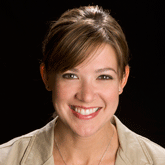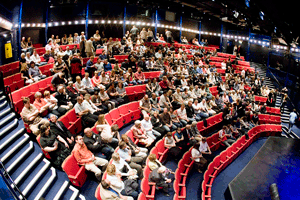
|

|
Stephen Skrypec
Head of Sales and Marketing
New Wolsey Theatre |
Lindsay Anderson
VP of Client Development
TRG Arts |
“Our patrons won’t pay that…”
“Everyone wants to sit in this section…”
Our assumptions about what our audiences will and won’t want or do can stop us from pricing to optimize revenue for our organizations. But we don’t really know until we look at the data. Ignoring what patron data tells us about pricing can lead arts organizations to leave money on the table—money that could be sustaining their mission.
At The New Wolsey Theatre in the U.K., small changes to pricing strategy resulted in big revenue increases. In just nine months, the company reported a 31% increase in box office gross—without selling more tickets. In this free webinar, New Wolsey’s Head of Sales and Marketing Stephen Skrypec and TRG’s VP of Client Development Lindsay Anderson shared how the theatre updated daily practices and challenged prior assumptions about audiences, leading to their success. We examined how arts organizations, whether in the U.S., U.K., or elsewhere, can use pricing to drive patron behavior and revenue.
In this case study of data driving action, and action driving results, we covered:
- What the data told New Wolsey about their audience’s seating and pricing preferences
- How they acted on that data through changes to their scale plan, discount policy, and dynamic pricing
- How changes supported accessibility, loyalty, and sustainability
- About simple adjustments you can make and metrics to look at to maximize revenue for your organization
Watch this webinar
To watch this webinar and access the slides, complete the form below:
Wait, what's a heat map? And how's it different from a seat map?
Are you confused about the terms used in this webinar? We've compiled a list of commonly used pricing terms in the performing arts. Read more>>
Get the full story in the New Wolsey Theatre case study

|
Photo by Mike Kwasniak.
|
In the face of funding cuts, New Wolsey Theatre wondered what they could do to grow earned revenue when tickets were already selling well for most productions. Read about the changes that the theatre made to their scale-of-hall plan, pricing table, dynamic pricing strategy, and discount policy that resulted in a 31% one-season increase in box office gross.
Read more>>